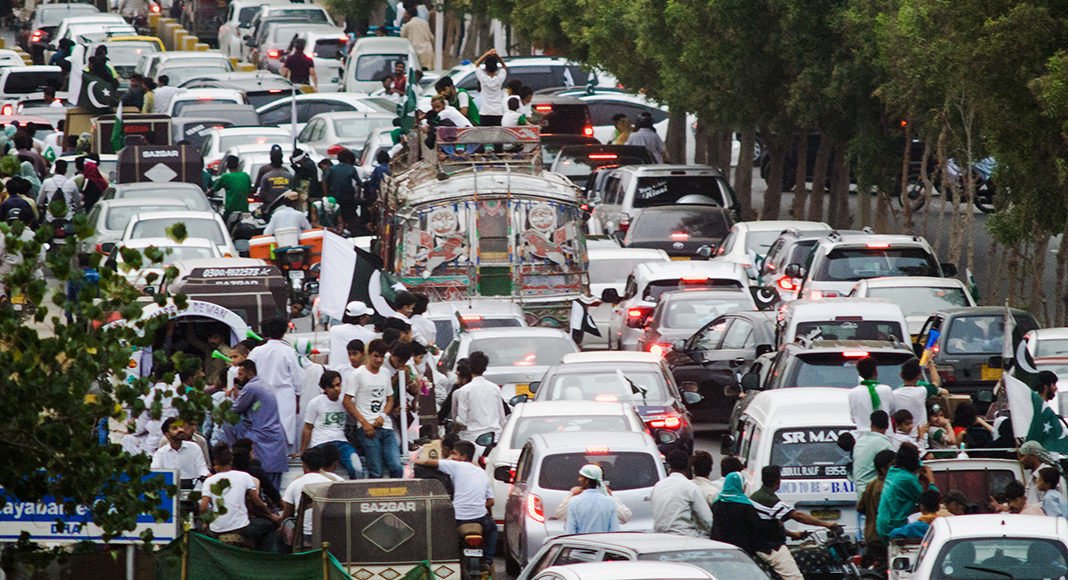The government of Pakistan has launched the National Road Safety Strategy 2018-2030, outlining plans to improve road safety for all road users, including pedestrians, motorcyclists, bicyclists, occupants of three-wheeled and non-motorized vehicles, women, children, and older road users.
The Strategy follows on from the first National Road Safety Plan for Motorways and National Highways 2017-2018 and sets priorities for the development of new initiatives to save more than 6,000 lives by 2030. To guide its implementation, a series of action plans, consistent with the government planning cycle, will be developed, commencing with the National Road Safety Action Plan 2019-2022. Each action plan will address road safety trends, emerging issues and priorities, and provide detailed actions to be undertaken.
âAchieving these targets will require significant effort to enhance the safety standard of roads, to strengthen regulation and demand for safer vehicles, to improve driver, passenger and pedestrian compliance with road traffic laws and to create a safety culture,â stated Mr. Murad Saeed, Minister of State for Communications. âRoad safety is a shared societal responsibility. We all must do more to protect our communities from death and grievous injury.â
The population of Pakistan stands at approximately 210 million, projected to reach 300 million by 2050 (UN, 2017). About 118 million people, or 60%, of the population live in rural areas where the main modes of transport are on foot, bicycle, motorcycle, qingqi and tractor trolley for freight.
Currently, there are about 18 million registered motor vehicles in Pakistan, projected to rise to 50 million vehicles by 2025 and up to 65 million by 2030. The majority of these vehicles will be motorcycles.
Download report: National Road Safety Strategy 2018-2030



















